Flour Power: Harnessing the Potential of Zucchini Flour for Sustainable Living
In times of uncertainty, the quest for sustainable solutions to food shortages and supply chain disruptions has led many to rediscover age-old techniques of survival.
Among these, the humble zucchini flour—a staple once embraced by generations past—has emerged as a brilliant and sustainable way to stretch precious resources in the face of scarcity. In this article, we delve into the art of making zucchini flour, its historical significance, and its versatile applications in modern kitchens.
Recipe: Homemade Hamburger Helper: Elevating Convenience with Delicious DIY Recipes
Recipe: Zucchini Flour
Ingredients:
- - Fresh, oversized zucchinis (large to extra-large)
- - Food dehydrator or thread for air drying
- - Food processor or hand grinder
Related: Bountiful Cranberries: Preserving the Harvest with Delicious Cranberry Jars
Instructions:
1. Prepare the Zucchinis:
Begin by allowing your zucchinis to grow to a larger size, as oversized zucchinis are preferred for making flour. Peel the zucchinis with a carrot peeler into thin, even strips, or use a mandolin for quicker preparation. Remove any large seeds for a finer texture.
2. Dehydrate the Zucchinis:
Once peeled, place the zucchini strips in a single layer on the trays of a food dehydrator or thread them onto strings for air drying. Ensure that the zucchini slices are absolutely dry—any moisture will ruin the flour during storage. Dry the zucchini slices until they are crisp and brittle.
Related: Homemade Blueberry Muffin Mix in a Jar: Easy and Delicious Breakfast Delights
3. Grind into Flour:
Once fully dehydrated, run the zucchini slices through a food processor or hand grinder until you achieve a powdered consistency. The resulting flour will have a marbled green appearance, similar in texture to a good quality whole wheat flour.
4. Store the Zucchini Flour:
Transfer the zucchini flour into air-tight jars or vacuum-sealed bags to prevent moisture from entering. Properly stored, zucchini flour can last for extended periods without losing its quality.
Related: Homemade Caramel Coffee Creamer: Indulgent Bliss in Every Sip
Usage Tips:
- Zucchini flour is a versatile ingredient that can be used in a variety of recipes:
- - Replace 1/3 of regular flour in most recipes without altering the finished product's taste or texture.
- - Act as a thickening agent for gravies and sauces.
- - Use as breading for fish or poultry.
- - Incorporate into recipes for tortillas, bannock, dumplings, and brownies.
The practice of making zucchini flour is not only a testament to resourcefulness but also a celebration of sustainability and self-reliance.
In a world where food shortages and rising costs pose challenges to many, embracing ancient techniques like zucchini flour production offers a ray of hope and a path towards resilience. So, whether it's stretching precious resources or reducing reliance on store-bought staples, let the journey of zucchini flour inspire us to innovate, adapt, and thrive in the face of adversity.





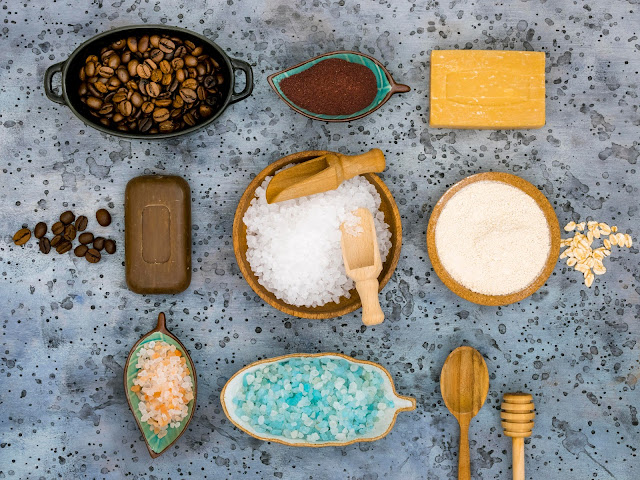

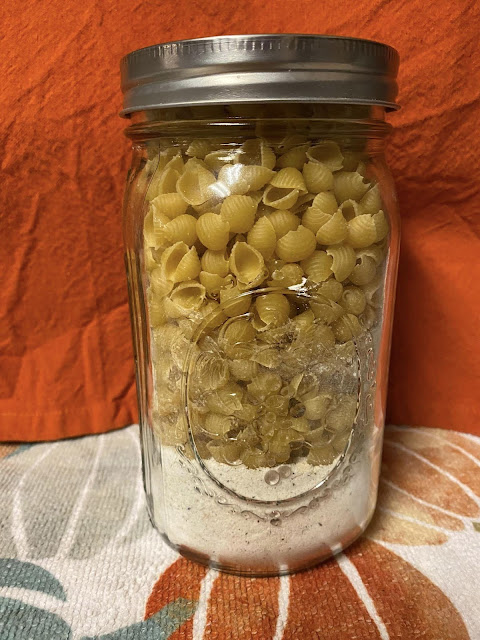






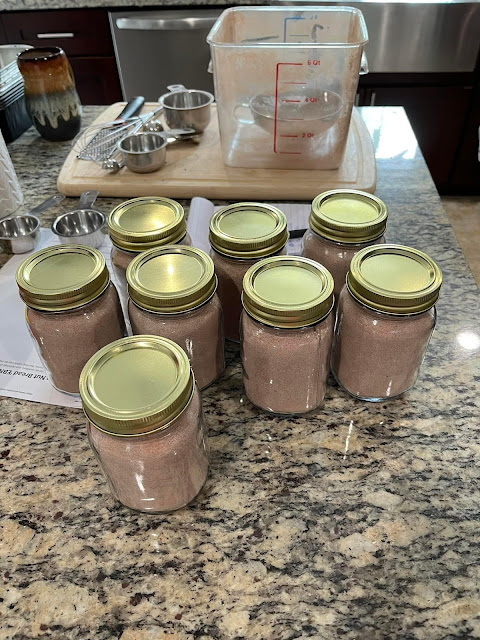
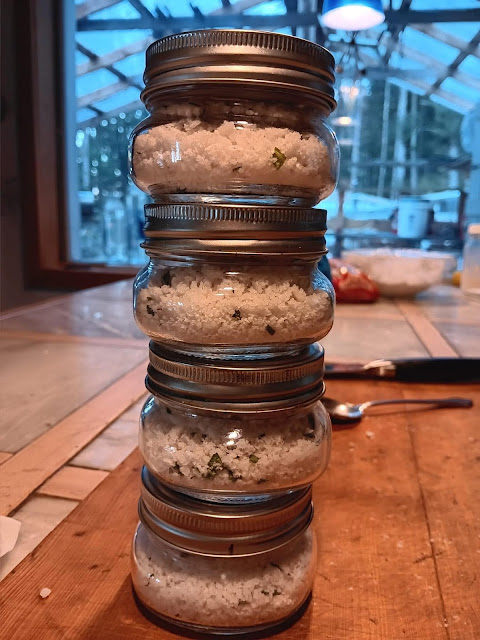
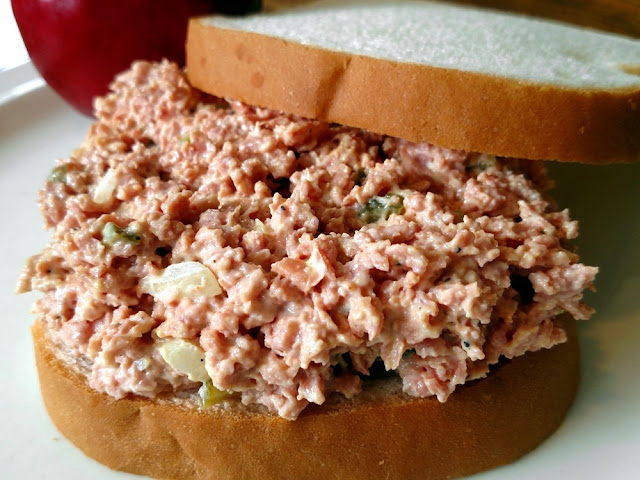




Comments